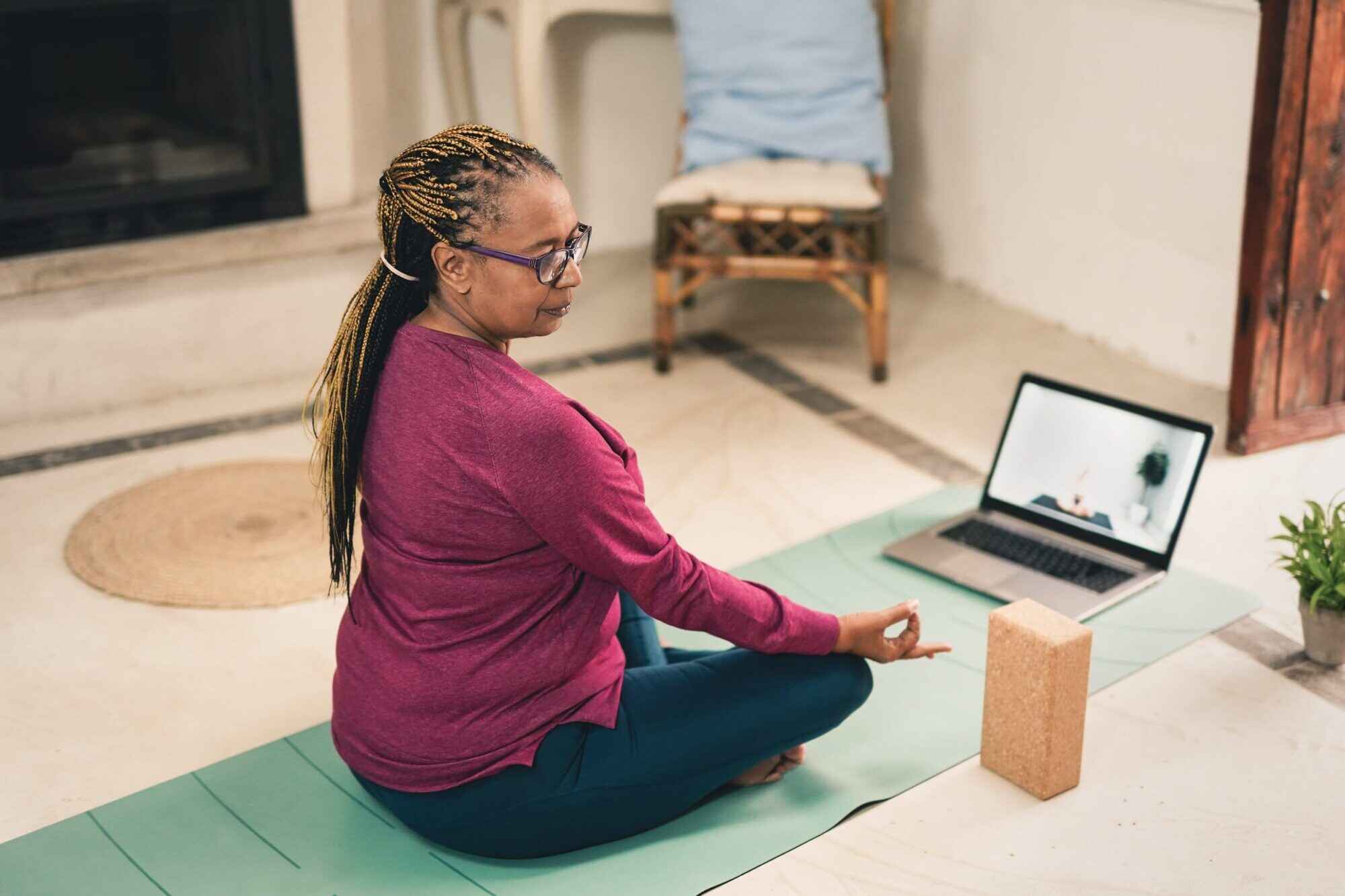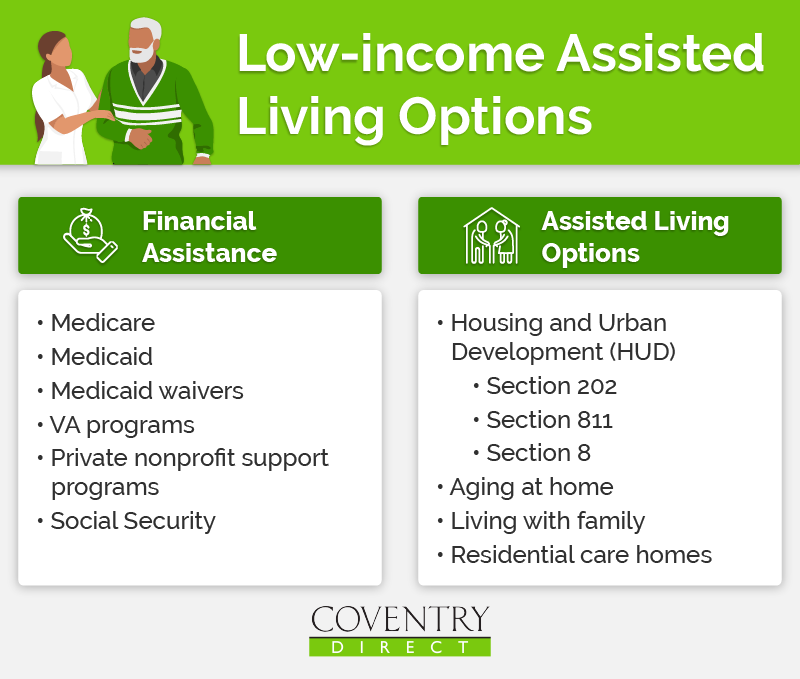Retire like a genius. How to become a Medicare genius? Almost everyone has heard of Medicare but most people really don’t think very much about or understand how this program works. Navigating retirement income health care and long-term care in the United States can be very complex. The more a person can understand about critical entitlement programs the more likely they are to build and live a well-balanced retirement and retire like a genius. Medicare provides Health Care coverage to 64 million people age 65 and above. Medicare is broken into four components part A hospital-based care, part b doctors, outpatient services, and medical devices, part c advantage insurance plans and, part d prescription coverage. So here are some common myths and facts about Medicare. Myth once a person enrolls in Medicare it covers all their health care needs. Fact Medicare is a program broken up into four parts and depending on what coverage options are selected at enrollment it will or will not provide specific coverages. Myth Medicare will cover a spouse and dependents. Fact Medicare is individual coverage only so when to enroll and what coverage to select can impact a spouse or dependents. Myth people have one opening to enroll in Medicare once they turn 65. Fact Medicare enrollment can be delayed after turning 65 and there is an annual open enrollment period from October 15th to December 7th to make changes to plan selections. Myth Medicare provides free health coverage. Fact Medicare requires premiums, deductibles, and co-pays that will vary depending on factors such as plan selection and a person’s income. Myth Medicare covers long-term care. Fact Medicare does not cover long-term care and will only partially pay for 100 days of skilled Rehabilitation upon discharge from a hospital or for 90 days of hospice care . Understanding how entitlement programs work is critical to make sure mistakes are not made that can delay or jeopardize enrollment and access to benefits that a person is entitled to receive. Medicare can play a critical role in a person’s retirement but the more people understand about the program the more they’ll get out of it and help themselves retire like a genius.
 Traveling to exotic places and seeing the most astonishing and unique cities in the world is something everyone should do in their lifetime. Breathtaking views, exploring mysterious islands, and sampling local cuisine don’t have to cost a fortune—especially for seniors. Traveling is a great way to stay young in spirit, and stepping out of your comfort zone or routine to visit new places can improve your mental health.
Traveling to exotic places and seeing the most astonishing and unique cities in the world is something everyone should do in their lifetime. Breathtaking views, exploring mysterious islands, and sampling local cuisine don’t have to cost a fortune—especially for seniors. Traveling is a great way to stay young in spirit, and stepping out of your comfort zone or routine to visit new places can improve your mental health.
Many people travel after they retire when they have more time on their hands and have saved up their hard-earned money. Unfortunately, traveling isn’t exactly cheap, especially for seniors with a fixed income. To help you plan your next dream vacation, we compiled our best travel tips for seniors to make the most out of your trip and ensure an unforgettable experience.
How Is Travel for Seniors Different?
Living on a fixed income, health concerns, and decreasing mobility and endurance can cause older adults to find traveling a challenge. Many seniors also struggle with technology, especially when booking travel and lodging accommodations. So, it’s no wonder many seniors find themselves financially stressed planning and booking a trip. But, it doesn’t have to be, as senior travel can become more manageable when done right.
Can a Senior Travel on a Fixed Budget?
The good news is: Yes! Seniors can still travel on a fixed income. When people think of retirement, exploring the globe comes to mind—and taking advantage of the seemingly limitless amount of free time they will have. Retirement is a great opportunity for seniors to travel since work-related stresses and constraints are behind them. Yet, many older adults are on a fixed income. Some may think that affording a trip in their retirement can be difficult, but there are plenty of options to enjoy travel without burning through savings.
6 Travel Tips for Seniors on a Budget
Plan ahead to get the best deals
Spontaneous travel is exciting, but one of the biggest travel tips for seniors is to plan ahead. If you have a destination in mind, you can get the best deals and save money by shopping early. When traveling on a budget, you should first come up with a plan, including an itinerary for each destination and the exact route your trip will take. Most travel and accommodations become much more expensive as you get closer to the travel date, so booking well enough in advance can help you maximize your potential savings. Be sure to look on travel sites like Expedia and Kayak to find deals, though it’s usually cheaper to book directly with a hotel than through a fare aggregator.
Take advantage of travel senior discounts
Senior discounts are a great way to maintain your budget, even when traveling. Many hotels, car rental companies, and cruise lines offer discounts for seniors and AARP members. By taking advantage of these savings, you may even be able to travel more often.
Cruises are usually all-inclusive, making them a relaxing and easy way to travel to faraway destinations. Cruise travel is available to everyone—even those with reduced mobility. Cruises can be an enjoyable destination for older adults with planned itineraries, wheelchair-accessible common areas, and activities you can enjoy at your own pace.
Although senior discounts on flights were common in the past, many airlines discontinued these special rates. If you can’t find a discount on the flight you want, try concentrating on deals for other parts of your trip, such as meals or lodging. To save money while on your trip, take advantage of discounts at restaurants, museums, parks, and other activities. Be sure to call ahead or check online for airlines, accommodations, and your destination city for the most up-to-date information before completing your booking or buying tickets.
Travel during the off season
When traveling, you should avoid trips during school vacations when the travel industry hikes prices to take advantage of families who can only travel during these times. Instead, research the best time to visit your intended destination. Then plan to travel just before or after those dates to take advantage of all that city or country offers. It’s often called the shoulder season. The destination will be relatively empty of tourists, which is a great time to avoid crowds and long lines. It’s also an excellent chance to save on travel costs because prices tend to be lower than in peak periods. That means you can reduce the price of an otherwise expensive trip and enjoy off-season hotel rates and lower airfare. If you don’t mind the weather differences, traveling during the off-season can also be a savvy way to experience a different side of popular locations.
Use travel insurance
While travel insurance will add to your overall travel costs, it protects you from any fees associated with cancellation or rebooking. Relative to the cost of your vacation, travel insurance provides reassurance that you’re covered if things hit a snag. It can also give you the peace of mind and confidence necessary to explore the world.
If you injure yourself or contract an illness while traveling, travel medical insurance will ensure you receive the medical care and attention you need without facing major medical bills later. Medicare doesn’t cover your medical expenses while you’re abroad, so this added protection is good for traveling seniors. If you take more than three trips a year, it may be wise to purchase annual travel insurance. This way, you can save money and enjoy year-round protection with a travel insurance plan that covers emergency medical care, trip interruptions, and lost luggage.
Avoid eating out for every meal
One of the quickest ways to blow through your travel budget is to eat out for every meal. You can grab a cheap lunch from local supermarkets rather than dining in an overpriced cafe or restaurant. As you explore a new city, wander around before choosing a place to eat so you can scope out inexpensive restaurants. Restaurants in tourist areas are typically overpriced, and you may end up overspending. If you have access to a kitchen, consider cooking your meals to save a significant amount of money, especially on longer and more relaxed trips and vacations.
Minimize alcohol purchases
Along with eating out for every meal, alcoholic beverages can slowly add up—so opt for water instead. Alcohol can be less expensive in some places and may even cost more than a decent meal. While going to a new city is all about experiencing something new, and some bars around the world are certainly unique, you don’t want to waste your travel time in crowded bars. Instead, look into activities that may be available at night in the location you’ve traveled to. You may find local dance classes or night tours around the historic district. Don’t let alcohol drain all your money in your travels, and opt for experiences instead.
Conclusion
Unless you’re a millionaire and never have to worry about money, budgeting your finances and planning for unforeseen events will be an essential part of your travels. Even with a large budget, managing it well could lead to a longer vacation, better attractions, and even cash leftover for another trip.
If you have exhausted all options for traveling on a budget, such as travel discounts and flexible travel dates, life settlements can help you maximize a once-in-a-lifetime dream vacation. They’re a savvy way for seniors to uncover more retirement income to invest in travel and other activities or purchases that will make retirement more satisfying and enjoyable. Seniors allow $100 billion in life insurance policies to lapse each year so they lose the opportunity to make the most of their retirement. The experts at Retirement Genius can talk you through your travel options, including budgeting, life settlements, and senior discounts. Contact the experts at Retirement Genius today to start discussing your retirement plan.
Disclaimer: Check the local and state guidelines for cities and countries you are visiting for the most recent COVID requirements and regulations.






